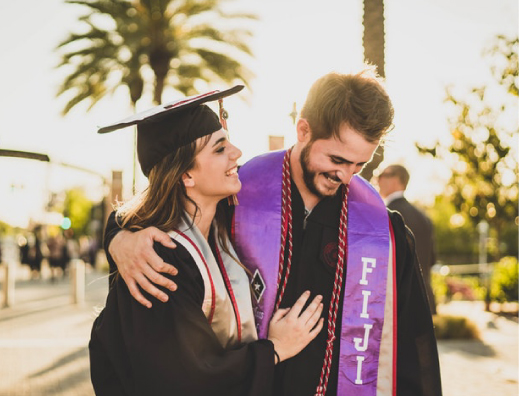Alternative methods for proving English proficiency
The art history Bachelor of Arts program offers students a wide variety of courses that cover art from around the globe—Western, African, Mesoamerican, and Asian—and creative traditions in painting, sculpture, graphic arts, decorative arts, ritual objects, architecture, photography, design, performance, experimental media, and eco-art.
Special courses in museum and exhibition practices, in writing and research, and in the effects of cultural contact, migrations, and globalization on artistic traditions are offered to art history majors. Students are urged to study abroad and often take advantage of programs in Europe, Africa, Australia, and elsewhere around the globe.
More info: Click here
Introduction (12 credits)
Distribution (12 credits 300-level or above)
four of which must be distributed among the following five content areas:
Additional Requirements (6 credits)
Art History Elective (3 credits)
Studio electives (5-6 credits)
Capstone (3 credits)

Art historians are trained in clear expository writing and critical thinking. They are good researchers and usually have a creative flair.
With these qualities and skills, graduates pursue a variety of careers, including teaching, museum work, archeology, gallery direction, interior design, art conservation, and supervision of visual resource collections. They are also welcome in most business settings and are prepared to enter graduate school in disciplines as diverse as environmental studies or law.

Sickness insurance - USD $2464 per year